After such a long election campaign you might be over politics. But you may also be wondering where all the MPs disappeared to. No-one is shouting at anyone. Are they all having a lie down?
There's a lot going on and much to do before Parliament forms back into the bear pit we know and love.
Here’s what is happening now and what will happen next.
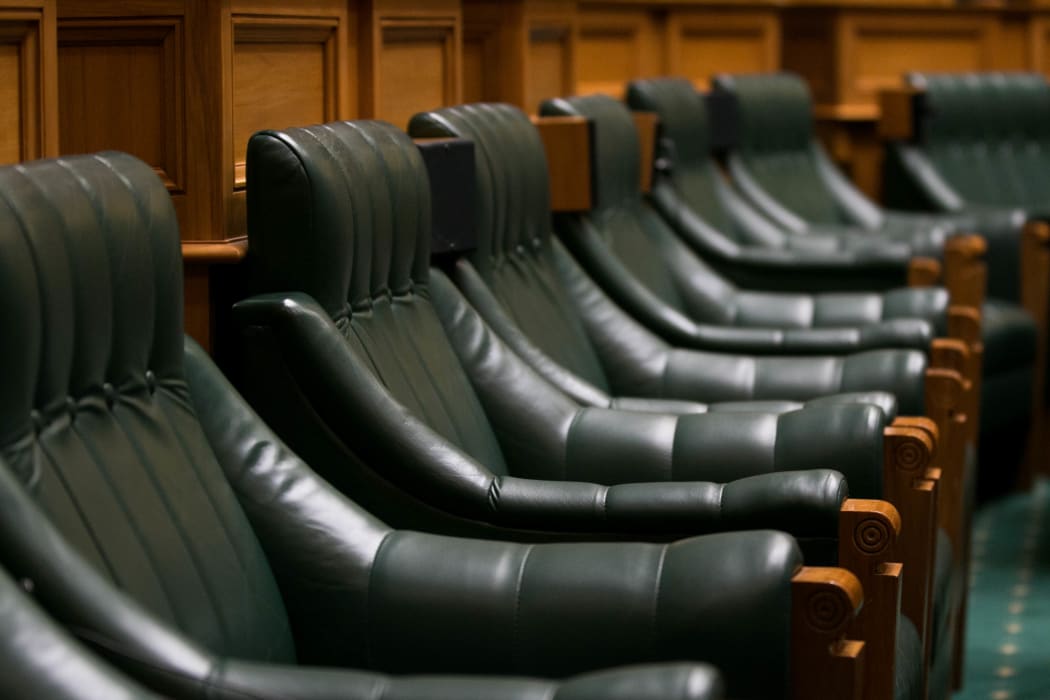
Photo: VNP / Daniela Maoate-Cox
Happening now
In brief the main things happening now are: MP training; political planning; and ‘house’ work.
Training 40 or so new MPs
All the likely (and some possible MPs) turned up at Parliament in Wellington on Monday after the election and reported for work. Yes, they never did get a proper sleep in.
There are 40 new MPs (so far). More on that below.
I’ve met some of them and can report that they are still running on adrenaline from the campaign. I expect they will collapse in a heap very soon.
They turn up immediately because there is a lot to do before they get round to any serious ‘MP-ing’. And that includes actual training.
Once upon a time MPs learned on the job and everyone crossed their fingers they wouldn't screw up royally. It didn’t always go well.
These days, political parties now pair up experienced MPs with new ones for ongoing guidance, feedback and support.
But they also get training. Both the Office of the Clerk (Parliament’s secretariat), and the political parties run specific training programmes for new MPs over the first few weeks.
After that, MPs can also take advantage of the ongoing training opportunities that speaker Trevor Mallard initiated through the Parliamentary Education Trust.
During their initial orientation MPs will be briefed on technology, security, running electorate offices (and the services expected at them), travel and much besides. They will be issued with phones and tablets. They will learn about their staffing. It also helps if they understand the constitutional framework that defines their role.
The job of “MP” has no formal job description but includes many less political functions that might surprise them, including providing advice, advocacy and all-round help to constituents who ask for it.
And they will need to learn both Parliamentary and party rules. There are plenty of both.
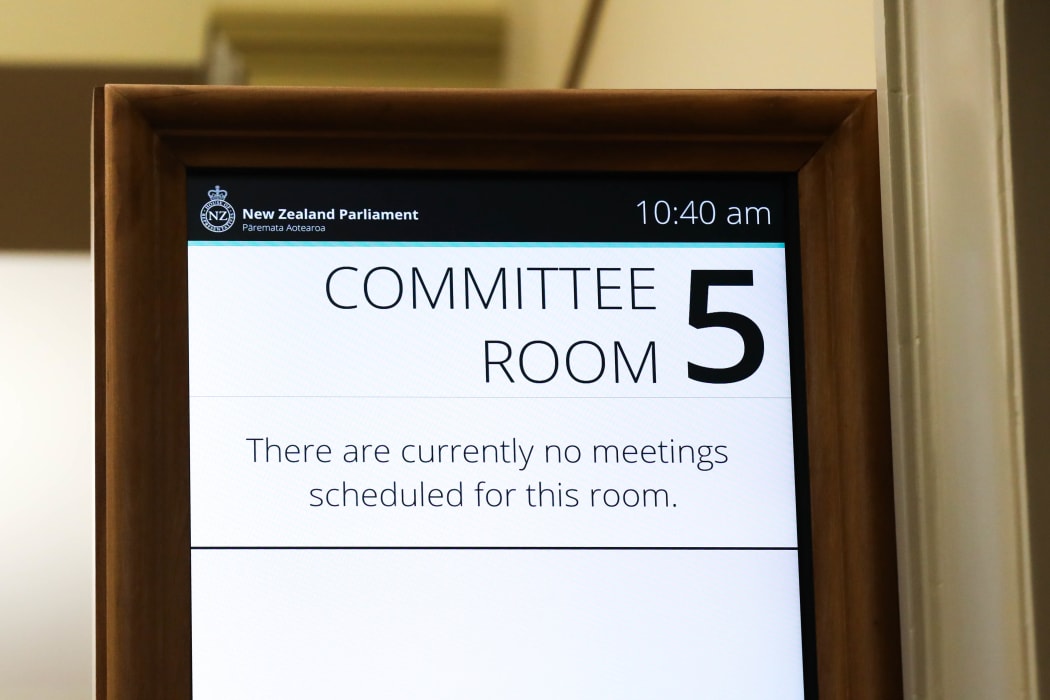
The Committee Rooms wait for new teams to fill them. Photo: VNP / Phil Smith
Political planning
While the new MPs train, the experienced MPs plan.
Opposition parties will be deciding on positions like whip and spokesperson roles.
Labour will be talking with the Greens about what, if any, cooperation might be possible between them.
Prime Minister Jacinda Ardern and her close advisors will be trying to construct a likely cabinet. Labour Party rules mean that cabinet positions (but not roles) are chosen by the caucus (i.e. all the Labour MPs), but it seems likely that the prime minister will bring them a plan for approval. Caucus happens on Tuesday mornings.
There are also Select Committees to populate with MPs. The opposition parties will need to decide which committees to spread their proportional allotments of MPs across and who to appoint. There are fewer committee roles than MPs.
The government party or parties will presumably then divvy up their own MPs across committees to ensure they have majorities.
Last Parliament there were a number of evenly split or opposition-chaired committees. This was partly forced by the lack of experienced governing-party MPs but it wasn’t hugely successful from an efficient governing point-of-view. It led to some achingly slow, combative and unproductive committees. For example the review of the 2017 election took so long it wasn't finished in time for legislative changes to the 2020 election and many petitions took multiple years to get responses. The opposition will likely be given much less sway this term.
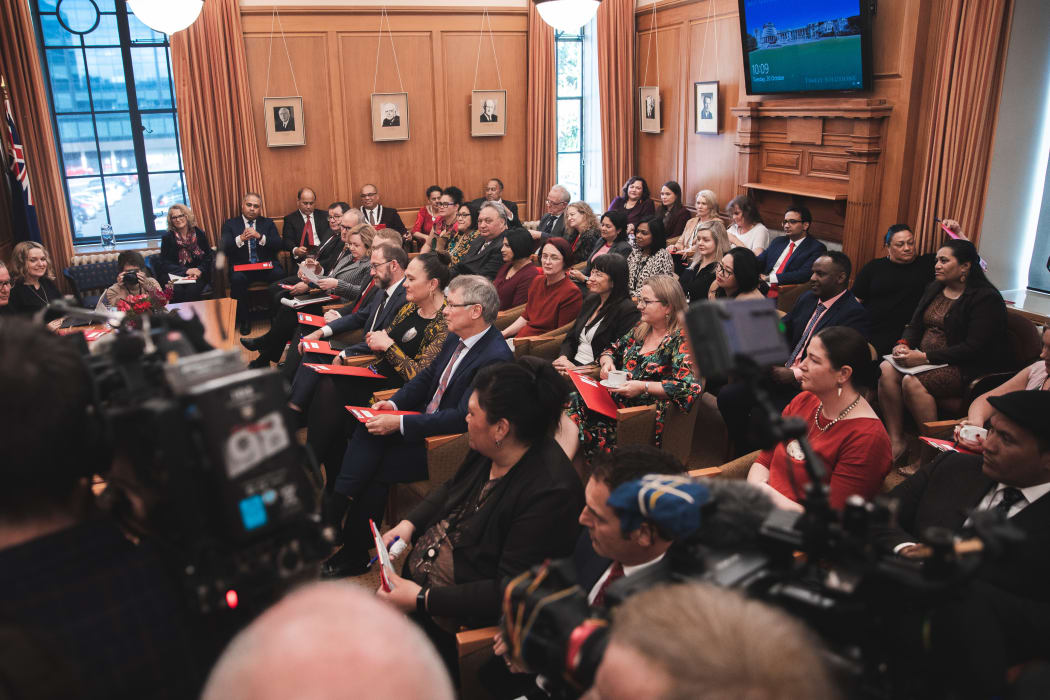
Labour's new caucus is the largest ever. Too big for their traditional caucus room. Photo: RNZ / Samuel Rillstone
‘House’ work
Parliament's rented office building (Bowen House) is being emptied to allow earthquake strengthening. As a result MPs and Parliamentary staff are scattering like a disturbed ant colony. A lot of building rejigs have been happening at Parliament during the election campaign to free up space. This work continues.
After every election most MPs move offices. Parties of different sizes fit better into different parts of the precinct. Last Parliament the National party were in Parliament House. This time it looks likely that that will be home to Labour MPs (who need much more space).
The planning and preparation work has been underway for months but can't be completed until the return of the Writ finalises which MPs and parties have won. Pity the staff making the pieces all fit.
The sheer number of Labour MPs also means they need a bigger caucus room, so more tinkering will be required.
And during the election interregnum Parliament’s House elves finally get to do repair and maintenance work that isn’t usually possible (like in the chamber).
Parliament is sparkling. The brass is polished, floors are polished, carpets are fresh, the paint has been touched up. The maintenance staff will also need a lie-down.
What happens next
There are a few things that have to happen before Parliament begins roaring normally again.
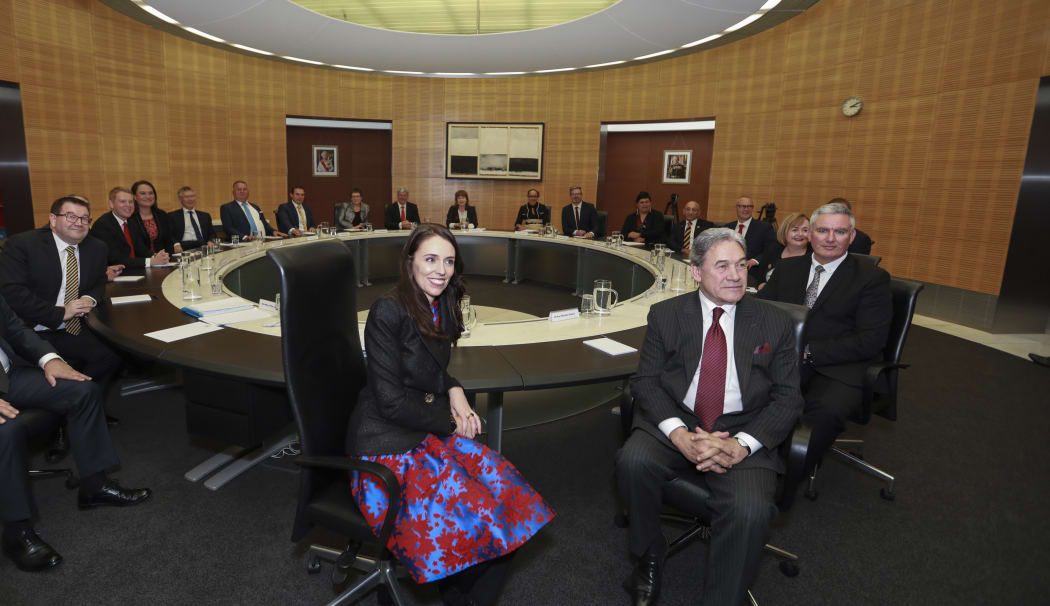
Jacinda Ardern sworn in as the 40th Prime Minister of New Zealand. Photo: RNZ / Rebekah Parsons-King
A government
Once the Labour caucus signs off on her plan, the prime minister will announce a cabinet line up. That could even happen this week.
Those MPs will promptly head to Government House to be sworn in by the Governor General in a formal ceremony where they swear an oath and are given their ministerial warrants.
The new ministers must be sworn in as MPs within 40 days of receiving their warrants but immediately have the power of their offices.
The writ - final results
The return of the writ is scheduled for 6 November.
The Writ was the governor general's instruction to hold an election. Its return is the formal outcome.
So the writ is the official election result. Everything before then is a preliminary result to get things underway.
The writ could be crucial for some MPs and one party. The preliminary results could change in various seats including Auckland Central, Invercargill, Maungakiekie, Whangārei and Waiariki (which brought a Maori Party MP - Rawiri Waititi - back into Parliament).
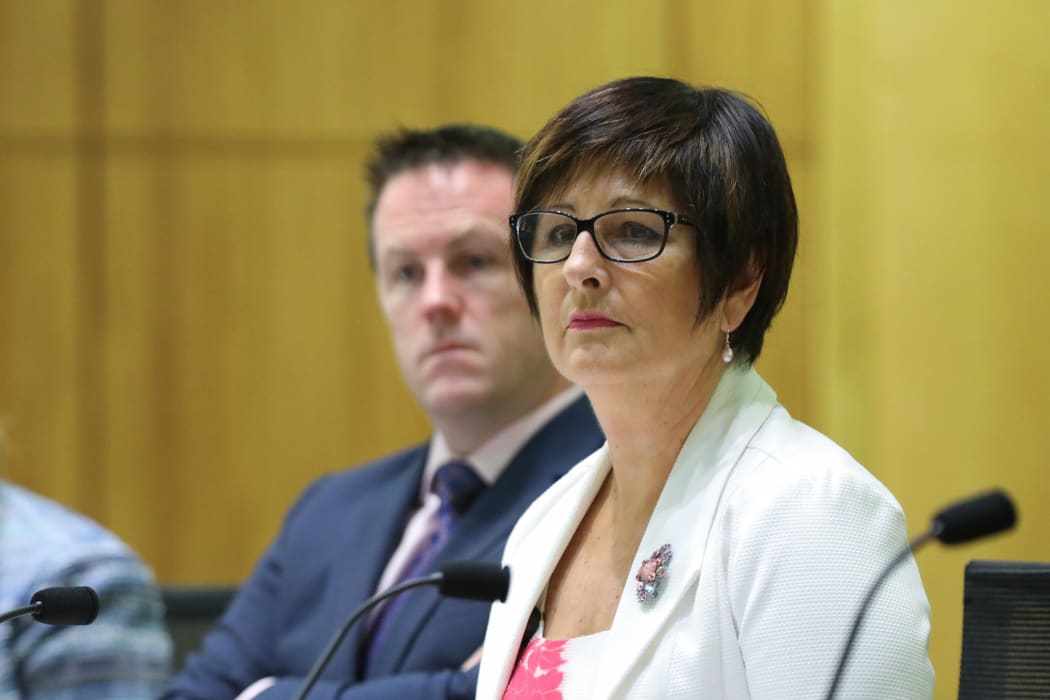
National MP Maureen Pugh has twice before lost a seat she had apparently won. This election she is again on the cusp if National lose party vote in the final count. Photo: VNP / Phil Smith
The party vote for each party is also likely to shift a little which could change which MPs get a job after-all. In 2017 the National Party lost two MPs on special votes. Green and Labour gained one each.
Once the final results are in and final party sizes are known MPs can be allotted offices in the Parliamentary complex, and select committee make-ups can be announced.
Before then, preliminary results from the referenda will be announced on 30 October.
And then it begins
Parliament begins with a ceremonial double-header played out over two days.
In brief: Day one forms a parliament, day two gives the Parliament its marching orders.
This can happen anytime after the return of the writ but it usually takes a week or three to organise.
Legally this year it needs to happen by Christmas Eve.
A date hasn’t been announced but the second half of November is a decent guess.
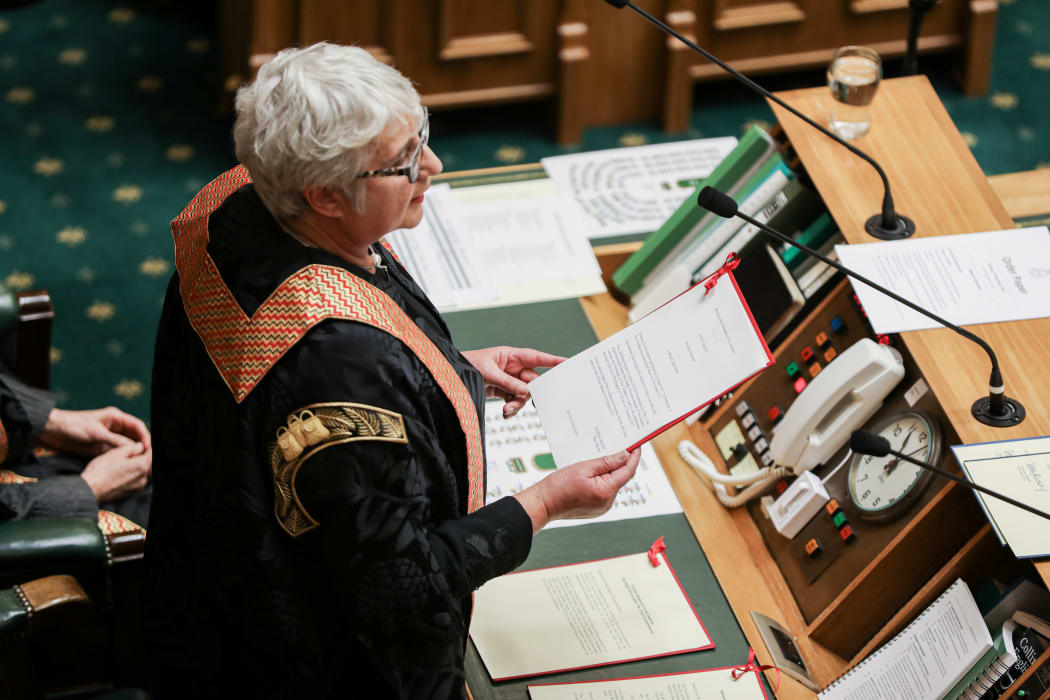
The then Chief Justice Dame Sian Elias proclaims Parliament formed in 2017 Photo: ©VNP
Day 1: The Commission Opening
The first event is the Commission Opening. It usually happens on a Monday.
The Commission Opening is really the formation of a Parliament from the elected MPs.
The MPs gather in the debating chamber to hear the governor general’s proxies (three Commissioners led by the chief justice) proclaim a new Parliament is formed.
They also bring (and delegate to the clerk) the authority to swear in all the MPs.
Once the MPs are sworn in they elect a speaker.
The governor general doesn’t come herself as the Queen and her body double (the governor general) never enter the debating chamber. But she does invite them to hear her speech from the throne the following day.
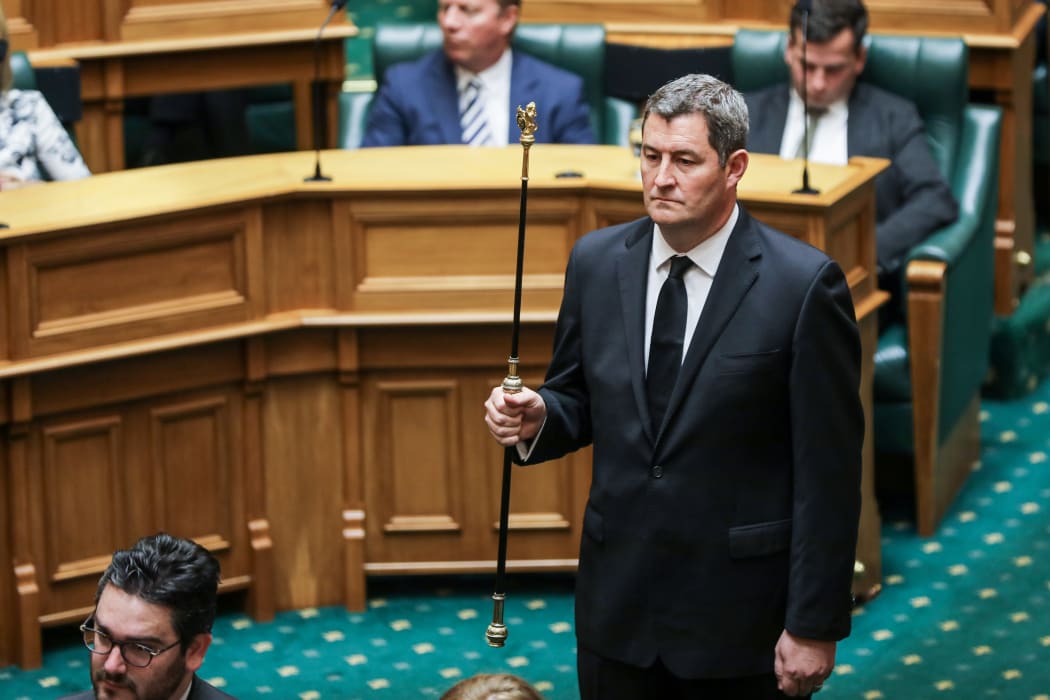
Black Rod accompanies the Governor General's Commissioners to the Commission Opening in 2017 Photo: ©VNP
Day 2: The State Opening
The newly minted (or re-minted) MPs gather again in the chamber and are summoned by black rod into the legislative council chamber (our parliament’s former version of the House of Lords - where the Monarch can enter).
The MPs are joined by senior judges and other senior state leadership.
The speech she gives lays out ‘her government’s’ plans. It is, of course, written by the government.
Once the pomp is over the MPs get down to the real work of arguing about the plan in what is referred to as the address in reply debate (from 2pm). It will include quite a few maiden statements (first speeches) from new MPs.
And from that point we know that normal service has been resumed.
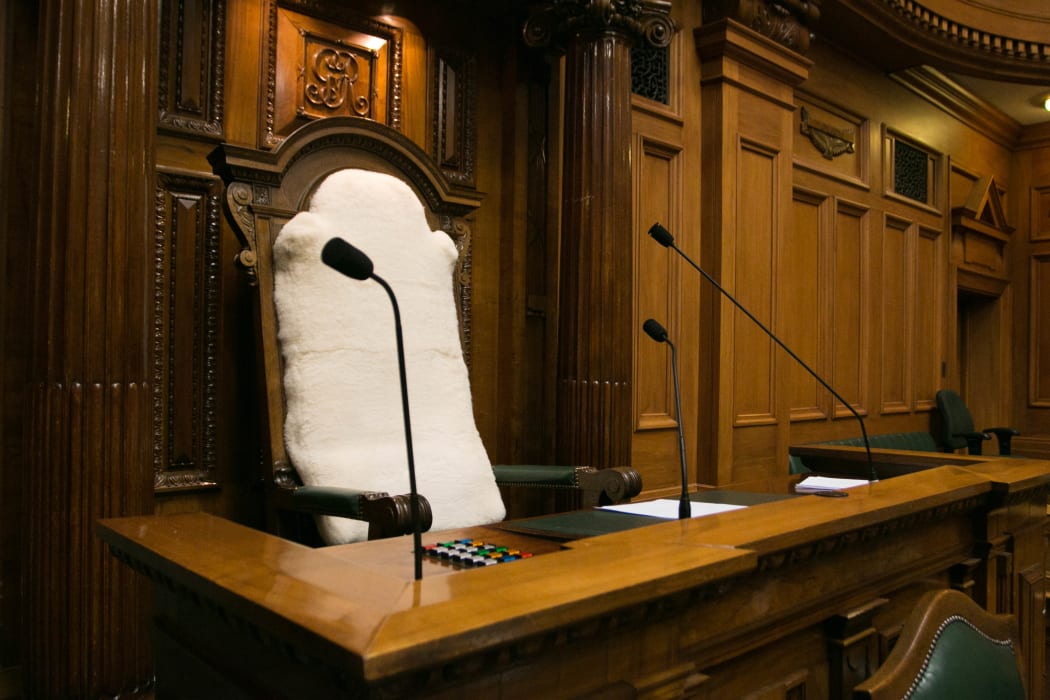
The speaker's chair awaits an occupant. The expectation is that it will be Trevor Mallard again but an election must still occur. Photo: VNP / Daniela Maoate-Cox


